Traditional and the Individual Talent Summary:Definition of Traditional Talent Management:Traditional talent management is a technique for finding, keeping, and developing top people inside an organization. Typically, this is done through standardized procedures, including performance reviews, succession planning, and career development initiatives. Definition of Individual Talent Management:Individual talent management is enhancing and utilizing each employee's special talents, skills, and aptitudes within an organization through specialized coaching, mentoring, and training initiatives, emphasizing fostering a lifelong learning and development culture. Difference Between Traditional Talent Management and Individual Talent Management:Traditional Talent Management:
Individual Talent Management:
Traditional Talent Management:Overview of Traditional Talent Management:Traditional talent management handles human resources that prioritize bringing in and keeping high talent for a company. High-potential personnel is often identified and developed through standardized methods, including performance metrics and assessments, succession planning, and career development programs. Traditional talent management ensures the organization has a solid pipeline of talented people who can fill important positions and contribute to the business's long-term success. Traditional talent management also emphasizes the significance of luring and keeping top performers by providing competitive pay and benefits packages, chances for career progression, and professional development. Traditional talent management, in its entirety, is an organized and systematic approach to managing human resources that attempts to guarantee the company has a competent workforce capable of fostering growth and success. 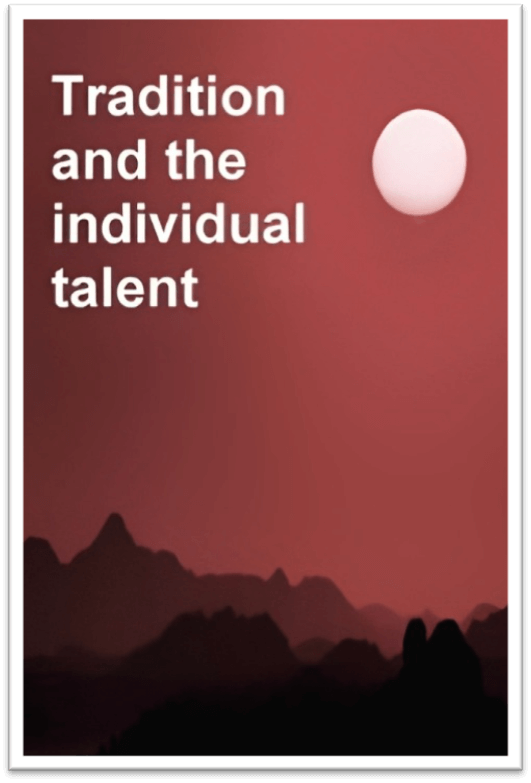
The Focus on Recruiting and Retaining Top Talent:A crucial component of traditional talent management is finding and keeping top personnel. This strategy is aware that a company's long-term success depends on its ability to find and keep outstanding personnel. Traditional talent management frequently uses a variety of techniques, including job ads, employee recommendations, and campus recruiting activities, to attract top talent. Traditional talent management practices may also provide favorable working conditions, competitive compensation and benefits, and chances for professional growth and career promotion to keep top personnel. Traditional talent management tries to ensure that the company has a competent and committed workforce that can foster growth and success over the long term by concentrating on recruiting and retaining top personnel. The Use of Performance Metrics and Performance Evaluations:Utilizing performance metrics and evaluations to gauge worker output and spot high-potential individuals is another important component of traditional personnel management. Performance metrics can be objective measurements like sales goals, productivity levels, or project completion rates. Still, performance evaluations often comprise subjective appraisals of an employee's strengths, flaws, and room for improvement. Annual or more frequent performance reviews may include feedback from the employee and the employee's manager or supervisor. Performance metrics and evaluations are used in traditional personnel management to identify top performers, give staff members performance feedback, and inform choices about hiring, training and development, and other talent management efforts. Through these instruments, traditional talent management seeks to ensure the company has a clear picture of each employee's capabilities and potential and can make judgments regarding their career development and progress prospects. The Emphasis on Succession Planning and Career Development:Traditional personnel management includes career development and succession planning as crucial components. Identification and development of high-potential workers who may eventually hold important leadership positions within the organization are crucial components of succession planning. This could entail making growth plans for these workers, giving them training and mentoring opportunities, and introducing them to various jobs and experiences inside the company. Conversely, career development focuses on assisting staff members in growing their capacities and skill sets to accomplish their professional objectives within the company. This could entail giving staff members a chance for training and growth, offering job rotations or stretch tasks, and giving them regular feedback and coaching. Traditional talent management recognizes the need to invest in personnel to ensure their long-term success within the organization, which is why it strongly emphasizes succession planning and career development. Traditional talent management seeks to retain top talent and guarantee that the business has a solid pipeline of competent workers who can foster growth and success over the long term by offering these chances. Individual Talent Management:Overview of Individual Talent Management:Individual talent management is a method of managing human resources that emphasizes enhancing and utilizing each employee's talents. This strategy acknowledges that each employee has unique talents and potential. It aims to develop a culture of ongoing learning and development that empowers workers to realize their maximum potential. Individual talent management may comprise customized coaching, mentoring, and training programs to assist employees in improving their skills and capacities and allow them to work on projects and assignments that align with their interests and strengths. An organization's ability to innovate and thrive depends on its highly competent, engaged, and motivated personnel. Individual talent management attempts to build just that kind of workforce. In general, individual talent management is a more flexible and individualized method of managing human resources that focuses on maximizing the potential of every worker. The Focus on Developing and Utilizing the Unique Strengths and Abilities of Each Employee:Individual talent management strongly emphasizes identifying, enhancing, and utilizing each employee's specific qualities and skills. This strategy considers that each individual has different talents, abilities, and potential, and it aims to foster a culture of ongoing learning and development that will allow workers to cultivate their particular skills and capabilities. Utilizing various techniques, including personality tests, skill evaluations, and input from managers and co-workers, can help uncover and enhance each employee's capabilities. Individual talent management may involve developing specialized development plans that utilize a worker's talents and abilities after being discovered. This strategy may also involve offering individualized coaching, mentorship, and training programs to support employees in building on their strengths and learning new abilities. Individual talent management seeks to produce a workforce that is engaged, motivated, and highly skilled and can drive innovation and success inside the organization by focusing on developing and utilizing each employee's specific qualities and abilities. 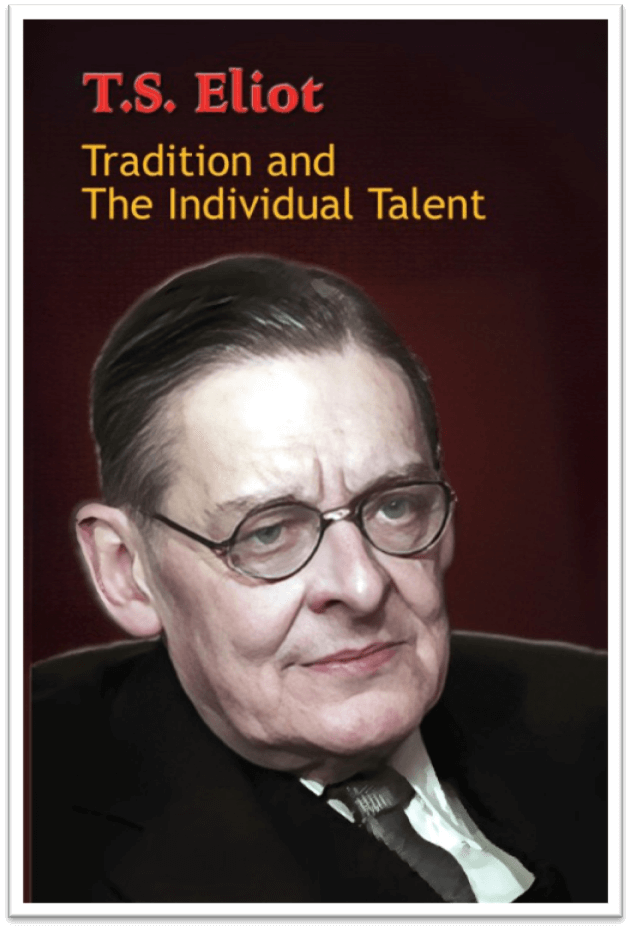
Individual talent management may involve developing tailored development plans that emphasize utilizing an employee's particular talents and abilities after these have been discovered. This strategy may also include offering individualized training, coaching, and mentorship to support employees in building on their strengths and learning new abilities. Individual talent management seeks to build a workforce that is engaged, motivated, and highly skilled and that can foster innovation and growth inside the organization by focusing on developing and utilizing each employee's specific qualities and abilities. The Use of Individualized Coaching and Mentoring:Individual talent management includes individualized mentorship and coaching as key elements. This method acknowledges that every employee has particular skills, obstacles, and career goals, and it aims to offer individualized support to enable every employee to realize their full potential. Individualized coaching and mentoring may entail giving employees one-on-one advice and support to assist their skill development, performance improvement, and career aspirations. This strategy also entails setting up a formal mentorship program where employees are partnered with more knowledgeable co-workers who can offer direction, counsel, and assistance. Individual talent management strives to promote a continuous learning and development culture where employees receive individualized support to help them grow and thrive in their professions. This is accomplished by using individualized coaching and mentoring. As a result of feeling appreciated and encouraged in their roles, this strategy can increase employee engagement, job satisfaction, and retention. The Emphasis on Creating a Culture of Continuous Learning and Growth:Fostering an environment that encourages lifelong learning is an essential component of managing each person's talent. This strategy considers that individuals require continual opportunities to learn and develop in their professions and that the information and skills needed to succeed in today's fast-paced business environment are also constantly improving. Individual talent management may allow staff members access to various training and development initiatives, such as online courses, workshops, and conferences, to foster a culture of continual learning and progress. As part of this strategy, staff members may be encouraged to accept new challenges and challenging tasks and get regular coaching and feedback to assist them in developing their abilities. Individual talent management prioritizes learning and development to generate a flexible, creative, and resilient workforce that can successfully adjust to shifting business needs. This strategy can increase employee engagement and job satisfaction because they feel encouraged to advance their careers. Differences Between Traditional and Individual Talent Management:Different Goals and Objectives:Individual talent management and traditional talent management have distinct aims and purposes. The main objective of traditional talent management is to find and nurture a group of high-performing workers who can assume important leadership positions within the company. This strategy frequently uses performance metrics and evaluations to identify top performers. It is designed to cultivate a small group of employees likely to rise into leadership positions. The main goal of traditional talent management is to build a solid pipeline of knowledgeable workers who can steer the organization into the future. In contrast, the main objective of individual talent management is to help each employee in the organization realize their particular qualities and skills. This method acknowledges that each employee has unique skills, obstacles, and career goals. It aims to offer individualized support and development opportunities to aid people in realizing their full potential. The ultimate goal of individual talent management is to develop highly talented, engaged, and motivated employees who can foster innovation and expansion inside the company. Overall, individual and traditional talent management have different goals and objectives. Still, both strategies are meant to ensure the organization has a strong and capable workforce to help it achieve its objectives. 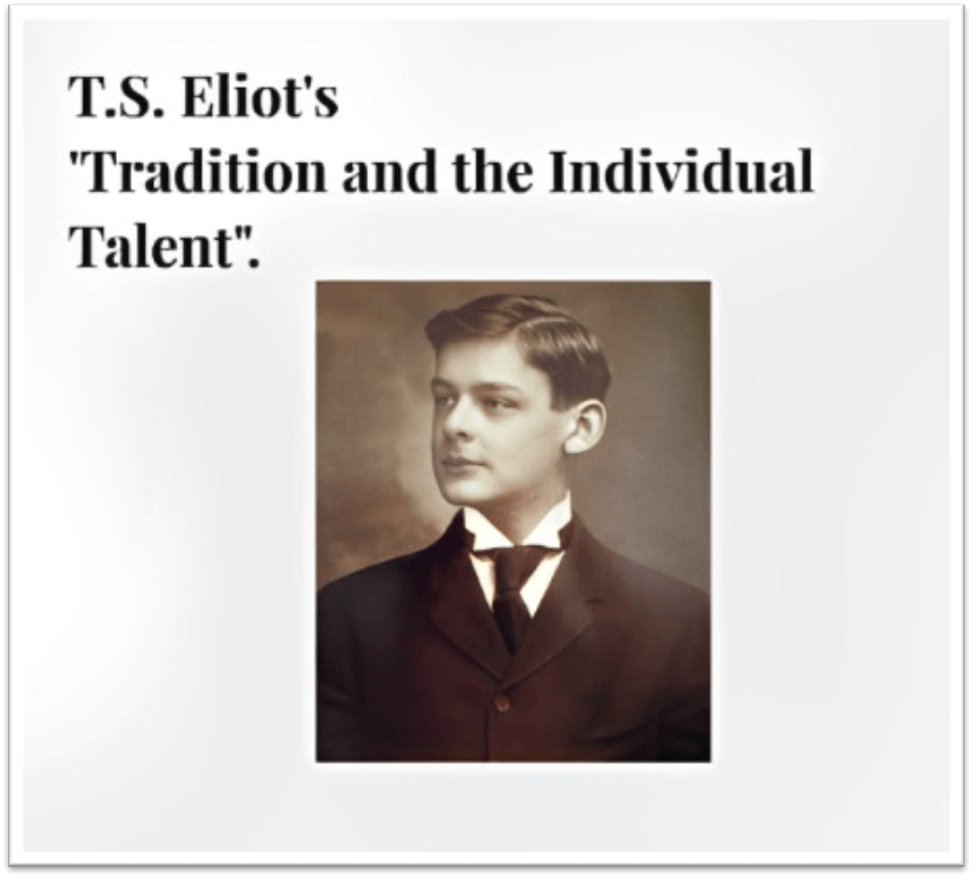
Different Approaches to Talent Development and Management:The approaches of talent development and management used by traditional and individual talent management are also distinct. In conventional talent management, the goal is to find and nurture a few high-potential workers seen as the company's future leaders. This strategy frequently entails analyzing performance indicators and evaluations to identify top performers, then offering them specialized options for growth like leadership development, mentoring, and stretch assignments. To ensure a pool of qualified workers who can take on important leadership positions when they become available, succession planning is another area of talent management that is traditionally given a lot of importance. Individual talent management, on the other hand, adopts a more specialized strategy for managing and developing talent. This strategy aims to offer individualized assistance and development opportunities to help people realize their full potential while considering each employee's specific skills, challenges, and career goals. Utilizing various techniques, including personality tests, skill evaluations, and input from managers and co-workers, can help uncover and enhance each employee's capabilities. Individual talent management may involve developing tailored development plans that emphasize utilizing an employee's particular talents and abilities after these have been discovered. This strategy may also include offering individualized training, coaching, and mentorship to support employees in building on their strengths and learning new abilities. Overall, traditional and individual talent management take distinct trajectories in their talent development and management approaches. Still, both strategies try to ensure that the organization has a solid and competent staff to meet its targets. 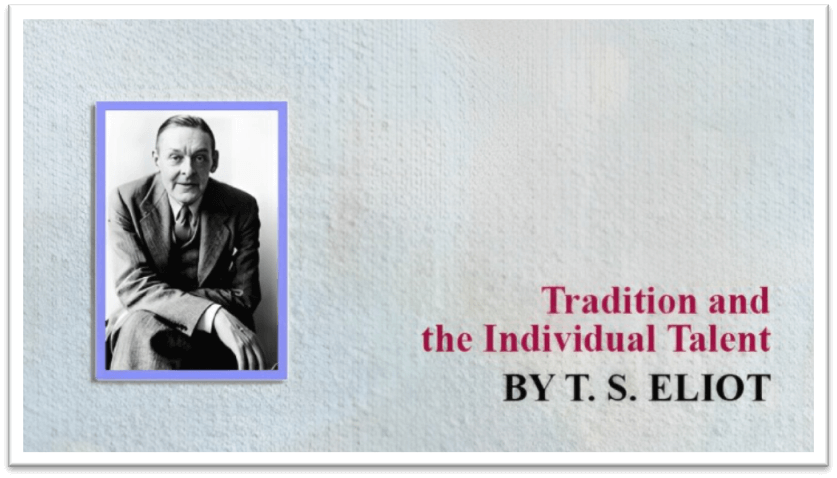
Different Perspectives on Employee Motivation and Engagement:Employee motivation and engagement are other areas where traditional and individual talent management varies. Traditional talent management frequently perceives employee motivation and engagement as being influenced by external rewards and incentives, like bonuses, promotions, and recognition schemes. The emphasis is on developing a performance-driven culture in which staff members are encouraged to accomplish particular goals and objectives and are rewarded for their efforts. This strategy is predicated on the idea that wages and benefits are the main extrinsic motivators for employees and that giving them material rewards and incentives is the most effective method to keep them happy and engaged. Individual talent management, in contrast, takes a more comprehensive approach to employee engagement and motivation because it understands that motivation is a complex, multifaceted notion influenced by various internal and external circumstances. This strategy gives more weight to fostering an environment that promotes employee growth, development, and well-being. Individual talent management aims to provide employees with opportunities to engage in meaningful work and advance their skills and abilities. It also acknowledges that individuals are motivated by intrinsic elements such as a sense of purpose, autonomy, and mastery. Overall, traditional talent management and individual talent management have different perspectives on employee motivation and engagement, but both strategies value fostering an environment where staff members feel valued, engaged, and motivated to reach their full potential. Different Ways of Measuring Success and Performance:Additionally, there are differences in how success and performance are measured between traditional and individual talent management. Success and performance are frequently assessed using objective indicators in traditional talent management, including market share, profit margins, and revenue growth. These metrics are frequently used to assess an organization's overall success and the performance of specific team members and employees. The emphasis is on accomplishing particular goals, and personnel is frequently assessed based on their capacity to meet them. Individual talent management, on the other hand, employs a more arbitrary system of success and performance evaluation. This strategy acknowledges that various elements, including employee engagement, job happiness, and well-being, can impact success and performance. To evaluate success and performance, individual talent management may include a range of techniques, including employee surveys, performance evaluations, and individualized coaching and feedback. The emphasis is on fostering a pleasant work environment that encourages employee well-being and engagement and on giving employees the resources and assistance they need to improve their skills and abilities. Overall, individual and traditional talent management have distinct methods for gauging performance and success. Still, both strategies understand how crucial it is to assess performance fairly and impartially support employee development. 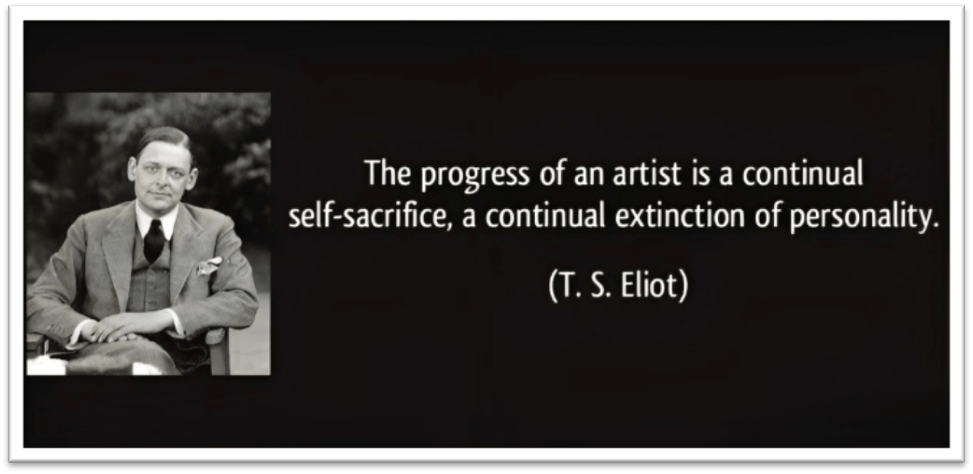
Benefits of Individual Talent Management:Increased Employee Engagement and Job Satisfaction:Increased employee engagement and job happiness are both conventional and individual talent management goals, although they are approached differently in each case. Employee engagement and job happiness are frequently considered consequences of attaining organizational goals and objectives in traditional personnel management. The emphasis is on developing a performance-driven culture in which workers are rewarded for their efforts and encouraged to meet predetermined goals. According to this strategy, workers will be more engaged and content when they believe their labor matters and helps the company succeed. Individual talent management, on the other hand, adopts a more proactive strategy to raise employee engagement and job happiness. This strategy acknowledges that various elements, such as an employee's sense of autonomy, mastery, and purpose, impact their level of engagement and satisfaction. Individual talent management may entail allowing staff members to work on meaningful projects, giving them the tools and assistance they need to advance their knowledge and abilities, and fostering a supportive work environment. Traditional and individual talent management have as their overall goal boosting employee engagement and job satisfaction, but they go about it in various ways. Individual talent management emphasizes fostering a friendly and encouraging work environment that promotes employee well-being, growth, and development more than traditional talent management, which places more emphasis on accomplishing organizational goals and objectives. Improved Organizational Performance and Innovation:Traditional and individual talent management share the same goals of enhancing organizational performance and fostering creativity, but they take distinct approaches to achieving these goals. In conventional talent management, enhancing organizational performance and encouraging innovation is frequently seen as the outcomes of attracting and keeping top personnel while establishing a culture of accountability and performance. The emphasis is on selecting staff members who have the knowledge and expertise required to accomplish particular goals and objectives and on motivating staff members to meet those goals through performance indicators and awards. Instead of employee initiatives from the bottom up, top-down directives and strategic planning frequently drive innovation. Individual talent management, in contrast, emphasizes collaboration in its approach to enhancing organizational performance and promoting innovation. This strategy acknowledges that innovation can occur at any level of the organization and that staff members need to be free to experiment with fresh concepts and methods. Cross-functional teams, giving staff members the tools and instruction they need to learn new skills, and encouraging them to share their ideas and work together on new projects are all examples of individual talent management strategies. Traditional and individual talent management aims to foster creativity and enhance organizational performance, although they approach this objective in various ways. While individual talent management emphasizes cooperation and creativity from all levels of the organization, traditional talent management emphasizes attracting and maintaining top personnel and fostering a culture of performance and accountability. Better Alignment Between Individual and Organizational Goals:Using various approaches, traditional and individual talent management strives for improved alignment between organizational and personal goals. Aligning individual aspirations with the overarching aims and objectives of the organization is the main focus of traditional talent management. This is frequently accomplished through performance measurements and prizes, which encourage workers to meet certain goals and objectives consistent with the company's mission and vision. The focus is developing a performance-driven culture where staff members are encouraged to meet predetermined goals and objectives. Individual talent management, on the other hand, adopts a more individualized approach to harmonizing personal and organizational goals. This method acknowledges that every employee has different strengths, skills, and career aspirations and that coordinating personal and organizational objectives necessitates a more individualized method. Individual talent management may involve developing development plans that are specific to each person, offering them specialized coaching and mentoring, and encouraging a culture of ongoing learning and development. The overall purpose of both individual and traditional talent management is to improve the alignment between personal and organizational goals, but they approach this goal in various ways. While individual talent management takes a more individualized approach to match individual and organizational goals, traditional talent management strongly emphasizes the alignment of individual goals with the overarching aims and objectives of the organization. 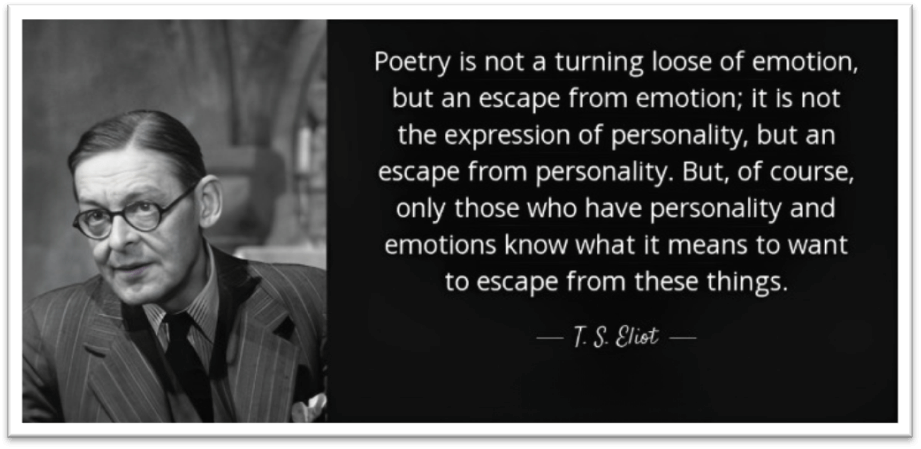
Increased Employee Retention and Loyalty:Increased employee retention and loyalty is an objective of conventional and individual talent management, but they approach this goal differently. Traditional talent management emphasizes developing a performance-driven culture where people are motivated to meet certain goals and objectives and are rewarded for their work. The focus is on keeping top talent and building a steady workforce that can produce consistent results over time. Two examples of traditional talent management strategies are providing employees with career growth options, such as training and development programs, and fostering a supportive work environment. Individual talent management, on the other hand, adopts a more individualized strategy to boost employee loyalty and retention. This method acknowledges that each employee has individual requirements and goals and that keeping top talent necessitates a more tailored strategy. Individual talent management may involve developing development plans that are specific to each person, offering them specialized coaching and mentoring, and encouraging a culture of ongoing learning and development. Although they pursue this goal in different ways, both traditional talent management and individual talent management have a rise in employee retention and loyalty as their overall goal. Individual talent management employs a more specialized strategy to retain top talent than traditional talent management, which emphasizes fostering a performance-driven culture and offering career development possibilities. Conclusion:Finally, traditional and individual talent management aims to enhance organizational performance and better align personal and organizational objectives. They take different tacks, nevertheless, in pursuing these objectives. Traditional talent management strongly emphasizes finding and keeping top talent, motivating staff to meet objectives through performance measures and awards, and fostering a culture of accountability and performance. Using this strategy frequently leads to a workforce that is reliable and capable of producing results over time. While acknowledging that each employee has particular abilities and objectives, individual talent management adopts a more personalized approach to talent development and management. It strongly emphasizes working together, fostering ongoing learning and development, and creating individualized development plans for staff members. With this strategy, keeping top employees on board and encouraging innovation may be easier. In general, the decision between traditional talent management and individual talent management depends on the organization's objectives, culture, and workforce requirements. Individual talent management can be a potent tool for organizations that aim to promote a culture of cooperation, innovation, and ongoing learning and progress, even though traditional talent management may be more effective in some sectors and circumstances.
Next TopicTristram Shandy Summary
|
 For Videos Join Our Youtube Channel: Join Now
For Videos Join Our Youtube Channel: Join Now
Feedback
- Send your Feedback to [email protected]
Help Others, Please Share









